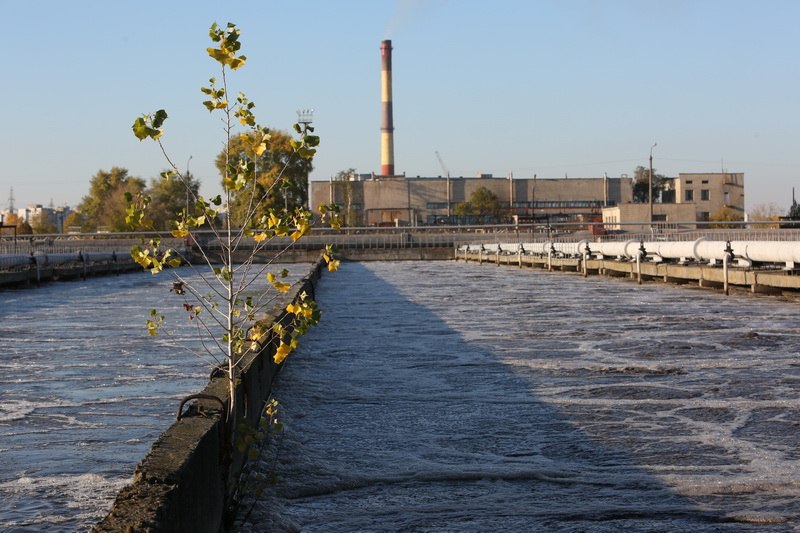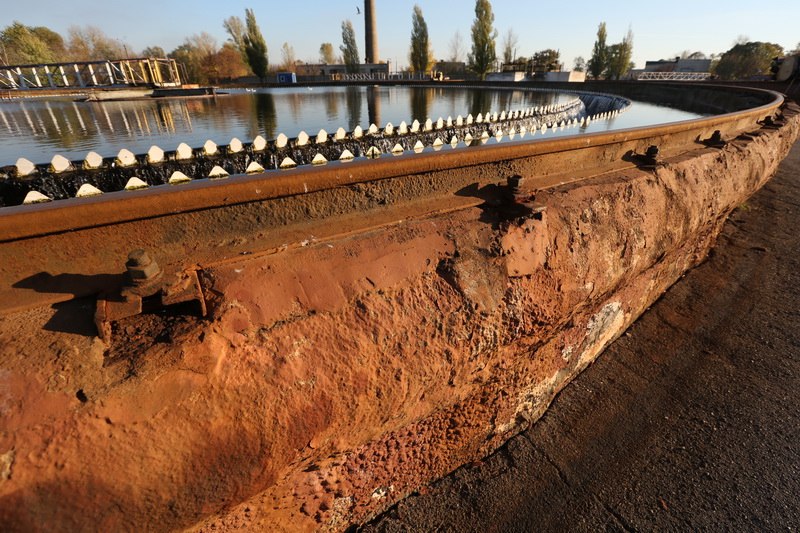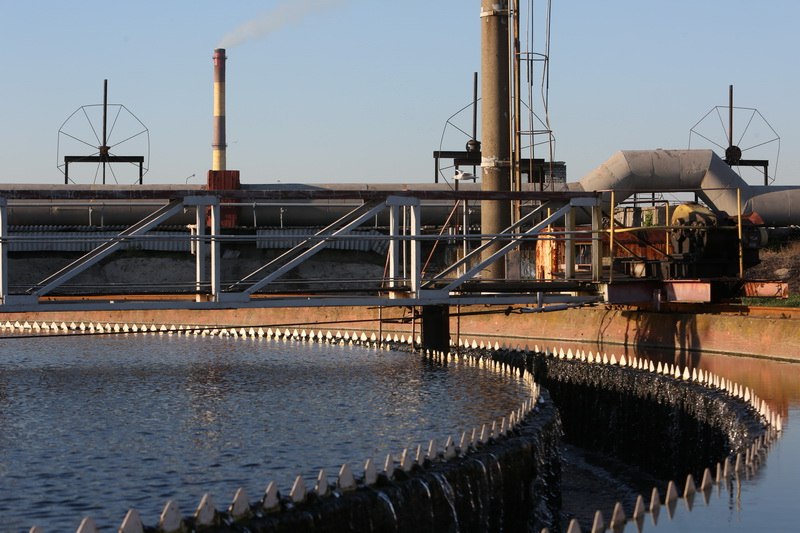Japan gave Kyiv a low-interest $1.1 billion loan in June to rebuild its decrepit sewage system anchored at the Bortnytska Aeration Station.
One of the nation’s leading partner in grants and low-interest loans, Japan has made addressing Ukraine’s poor environmental condition a priority in its lending plans. As the only sewage plant in the city, the Bortnytska Aeration Station is in critical condition, and needs to be completely rebuilt. For years, the 50-year-old station has been neglected by government officials and only minor, running repairs have been made.
Japanese Ambassador to Ukraine Shigeki Sumi said that his country’s decision to support Ukraine was based on worries about the country’s ecological situation.
“The Dnipro River is the major river for drinking and for agriculture, but it’s really contaminated,” Sumi told the Kyiv Post. “Pollution has affected the daily lives of millions of people in Ukraine; by cleaning up this river, it really will help millions of people.”
Oleh Lysyuk, director of the Bortnytska Aeration Station reconstruction project, said that Japan had offered the best lending terms. The 0.1-percent loan with a 10-year grace period is to be paid back over 40 years.
“We chose to cooperate with the Japanese because their credits were the cheapest… and they pay a lot of attention to projects that deal with ecologically dangerous conditions,” Sytnyuk said.
However, the loan is conditional, the ambassador said.
“We will select the companies that will oversee the project, and we will also pick the companies that do the actual construction work,” Sumi said.
Another condition is that at least 30 percent of the equipment for the project must come from Japan. The engineers and administration overlooking the project will also be Japanese. This way Japan will exercise oversight of the project, and will ensure that the money is is spent in the most effective ways.
“Trust me – they’re keeping very careful control of the money that they’re giving out,” Lysyuk said of the Japanese lenders.
Three units comprise the station, each with a 50-year lifespan. The first one was built in 1965.
But as Kyiv’s population rapidly increased over the years, additional pressure was placed on the units. The sewage station now serves 5 million people in Kyiv and 13 other towns and villages near the city.
“This increased the concentration of material, affecting the structure of the sewage drains in a negative way, with phosphate starting to appear,” Lysyuk said.
The Ukraine Water Resources Department’s Olha Lisuk confirmed this, saying that the station has been substantially increasing the level of pollutants in the Dnipro River.
As a “major anthropogenic cause of pollution” the Bortnytska station is increasing phosphate and ammonia nitrogen levels in the waters of the Dnipro, she said. “This is from municipal waste,” Lisuk added.
The first sewage treatment unit at the station is already 90 percent worn-out, while the other two are not in a much better condition because they take on the most pressure.
In 2012 and 2013, the station experienced two accidents where some parts of the station collapsed. The station has also been producing an unpleasant odor over the east bank of the city for several years, affecting at least 1 million residents daily.
But an even greater problem is the 10 million cubic meters of sludge produced from treating the city’s sewage.
“As a product of treating the sewage, this was pumped to ‘sludge fields’ and then used as fertilizer,” Lysyuk said.
But after the Chornobyl tragedy in 1986, this procedure was banned because of the fear of radioactivity being in the sludge, Lysyuk said.
“The sludge fields basically turned into a storage area, the maximum capacity of which was 3 million cubic meters,” Lysyuk said. But today these reservoirs hold more than 10 million cubic meters.
Then in 2013, one of the sludge reservoirs burst, putting the Dnipro River at risk of toxic contamination.
If the problem is left unaddressed for much longer, another accident could affect millions. For instance, if toxic substances flowed into the River Dnipro, the water supply of almost 70 percent of Ukraine’s population would be polluted. Much of the capital’s water supply would have to be shut off, according to Vita Strukova, the deputy director for regulatory affairs and investments at Kyivvodokanal, the majority city-owned company that operates the sewage station.
“It would mean evacuating the whole city for three days,” Strukova said.
The reconstruction project is meant to avoid such disasters in future. The sludge produced from sewage treatment will be transformed into powder, which will then be used to make construction materials, such as bricks and cement.
The city was always short on money to completely overhaul the station, she said.
“That’s why we were looking for investments that would cover the whole cost of the project, which is a huge amount,” Strukova said, adding that reconstruction couldn’t commence until all the money was secured.
“You have to reconstruct the station while it’s still functioning,” Lysyuk said. “You can’t do it in parts.”
“No other capital city, such as Paris, Berlin or Rome, has only one sewage treatment station,” Strukova said. “Everywhere else, the risks are spread over two to four different places. If something happens with one, then sewage flows are switched to the others.”
However, while there has been talk about creating an additional sewage system for Kyiv for the past 15 years, it’s much easier said than done. If another sewage treatment station were to be added, the entire sewage infrastructure would have to be rearranged, Strukova said.
Kyiv Post staff writer Ilya Timtchenko can be reached at timtchenko@kyivpost.com






